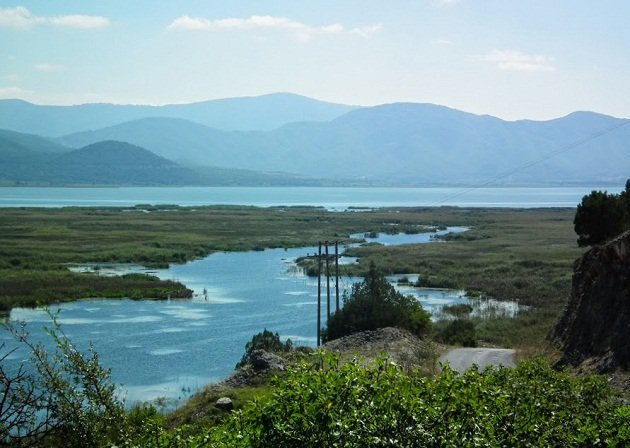
The other day I was exploring a new area for the first time, birding the national park that I’ve watched only in BBC documentaries, the place famous for the largest Dalmatian Pelican colony in the world – more than 1300 pairs! Have you heard of it? Can you pinpoint it on a map?
Add more than 350 pairs of White Pelicans to that picture, numerous herons and up to 700 pairs of Pygmy Cormorants breeding in the same reedbeds (cover photo)… It must be bursting with activity in spring, but I was there in mid-September.
The Prespa Lakes National Park in Greece is well hidden among the mountains at the triple border with Albania in the west and the FYRO Macedonia in the north. The mountains are more than 2300 metres high, while the lakes lie at the lowest point of the park, at 850 m a.s.l.
Coming from the northeast, there are two tarmac roads leading there. One is the main road, going from the town of Florina towards the Albanian border, while the other one is a forgotten village road from Niki, climbing up the mountain in a series of horseshoe curves… You can guess which one I opted for. I was crossing the mountain pass against the setting Sun and when I saw it for the first time, the waters of the smaller of two lakes, the Mikri Prespa, were painted in gold.
Although smaller, the Mikri Prespa is quite large, covering almost 50 square kilometres. It is only “mikri” when compared with the neigbouring Megali Prespa with a five times larger surface (most of it lies in FYROM). There is one more important aspect of these lakes: the Mikri is shallow, less than ten metres and reeds-fringed, while the northern Megali is 55 m deep. Hence, the smaller lake is frozen in winter, while the bigger one never freezes. Pelicans and cormorants breeding at the Mikri often go to the Megali Prespa to fish the cold, deep waters – actually, cormorants to dive for fish and pelicans to wait for the cormorants at the surface to steal their prey.
After obtaining the high quality topographic maps (scale 1:25,000) and a walking guide produced by the Society for the Protection of Prespa Lakes (highly recommendable and available at their HQ in the village of Laimos, during working hours; go left at the square with a small park, then right after the bridge), in the morning I headed for the causeway between the two lakes. The roadside bush held one Willow Warbler, while the nearby sandpit was adorned by Northern Wheatear.
Soon I hit the brakes for a 60 strong flock of Greylag Geese of the Siberian race rubrirostris grazing near the road. The smaller part of the flock was nervous and soon took flight, while the majority remained. My guess is, those nervous ones were some migrants, while the majority were locally breeding birds – the southernmost population of Europe! One of them has a satellite transmitter around its neck and quite a few have white collars marked with the letter “G” (for Greece?) and dual digits. I was able to read the numbers .02, G04, .06, .07, .40 and G74.
Finally, a large White Stork’s nest (at 850 m a.s.l!) whose occupants have already left for Africa, but a clump of elaborate closed nests of Spanish Sparrows hang underneath it. Checking the birds on the stork’s nest, I found both House and Spanish Sparrows.
At the end of the causeway and up Mt. Devas, one Cirl Bunting disappeared in the foliage, followed by a Mistle Thrush. Up the dirt track next to a hilltop church is not particularly productive at this time of year. The best bird was one lovely Common Chiffchaff that was very hard to locate in the thick crown of an old juniper tree, followed by one mysterious small falcon. It disappeared behind a tree in a split second, showing me only its back view. A Eurasian Hobby, I guess, since it didn’t fly like a kestrel.
The field ahead of the village of Psarades offers a few more gifts, Common Whitethroat and a flock of Common Chaffinches by the road, Tawny Pipit and Grey Wagtail further away, Barn Swallows and Common House Martins in the air… Have I seen Eurasian Crag Martin, too? In all that swirling of swallows, I am not certain was there a third species, so I keep watching. A busload of tourists drives around my car (I was effectively blocking the lane), careful not to disrupt my birding. Finally, yes, at least two Crag Martins are among the more numerous swallows.
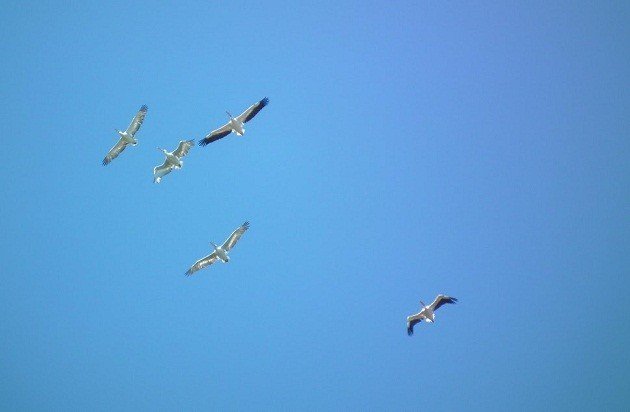 Dalmatian and White Pelicans (White = the black ones)
Dalmatian and White Pelicans (White = the black ones)
Back to the Mikri Prespa, where mostly Dalmatian, with two White Pelicans among them, were circling, while one Short-toed Snake Eagle glided across. Barn Swallows by the reedbeds, with at least one Red-rumped Swallow and a few more Crag Martins among them.
Watering hole in lichen-bearded oak forest of Mt. Vrontero, further south, and three very vocal Eurasian Nuthatches fattening themselves up for the winter, a dozen Chaffinches, one bathing Mistle Thrush and one gorgeous Wood Warbler showing well. Later, above the clearing with many House Martins with a few Crag Martins and Barn Swallows, three migrating European Honey Buzzards are soaring, soon followed by two more birds.
In the afternoon I headed towards the village of Laimos for the triangle of bean fields bordered by the riparian forest of willows, poplars and Silver Birch, a rare tree so far south. Behind the forest lies the shore of Megali Prespa (and one lovely beach, although the waters are a bit cold for swimming). The lake water level dropped 10 metres in only 15 years and I was now driving along the old lakeshore. The forest grows on the new lakeshore and it, too, is a mere 15 years old, but already provides an important corridor for large mammals such as Roe Deer and even Brown Bears, which sometimes come down to feed on beans. Supposedly, in Spring this area is teeming with migrating passerines, but in September, I recorded a mere dozen species, including very numerous Red-backed Shrikes (9 in this area alone).
Leaving the lake and driving up the mountains once more, at the top pass I was greeted by an eye-level trumpeting flock of Greylag Geese heading in the direction I had come from.
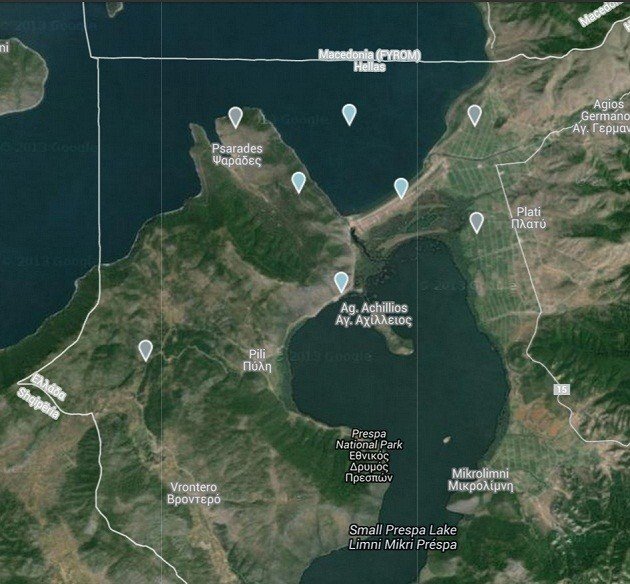 eBird hotspots of Prespa lakes
eBird hotspots of Prespa lakes
Practicalities
Birding
According to the latest data, 273 bird species were recorded in the national park, 160 of them breeding in it. For longest lists, go there in May when migrants are still passing while the local breeders are active and visible. The best period for waterbirds migration is the first half of November, before winter frosts.
One tenth of the global population of Dalmatian Pelicans breed here and can be observed from March to early October; while the White Pelicans arrive later, in April-May. The “Prespa Walking Guide” further says that species found here to breed or probably breed at the very edge of their European breeding range are the Goosander (Megali Prespa – relic and isolated population), Hazel Grouse (Mt. Sfika), Rufous-tailed Rock Thrush, Barred, Savi’s and Marsh Warblers and the Black-headed Bunting.
Other taxa
There are 172 species of butterflies recorded within the national park, 24 species of bats, plus the Beech Marten (which I saw only as a road-kill), Otter, Wild Cat, Badger, Wild Boar, Grey Wolf and the European Brown Bear, among others.
Maps and guides
As mentioned above, the best topographic maps of the area, accompanied by a walking guide describing 14 nature tours in full detail, can be obtained at the Society for the Protection of Prespa (or order it online) Also, there is a National Park Information Centre in the village of Agios Germanos.
Northern Greece is covered in where-to-find-birds books by Steve Mills and Dave Gosney (the first one I used and recommend it), and in the country-wide guide “Birding in Greece” published by the Hellenic Ornithological Society.
Activities
While hotels and taverns are easy to find, there is no local offer of ecotourism excursions, nor any local nature guide.
Sleeping and eating
Several villagers have hotels (in Agios Germanos, Laimos, Platy, etc.) and it is possible to rent rooms in others (Psarades). A few local taverns offer mostly lake carp and catfish, as well as fasolada (bean soup). There is a supermarket behind a petrol station in Laimos, but you may want to stock up in advance because there are very few shops in the villages
Getting there
If you are flying to Greece, it is more convenient to fly to Thessaloniki and drive two and a half hours west along the Odos Egnatia motorway, exit for Kastoria (a lovely town – if your time allows, do have a lunch by the lakeside) and continue north to Prespa Lakes.
I used the old village road because I umm… like old winding roads. If you are coming by car from Central Europe and heading for the Ionian islands of Corfu or Kefallonia, consider at least a day or two stopover at Mikri Prespa Lake. In FYROM, take the motorway exit for Prilep, go to Bitola, cross the border to Greece at Niki, head towards Florina and take the main road afterwards (better marked and easier to find).
While this was my first visit, I do plan to go there again, next time in Spring and spend several days there.
Finally, find more ideas where to watch birds in Greece in my recent article, here.

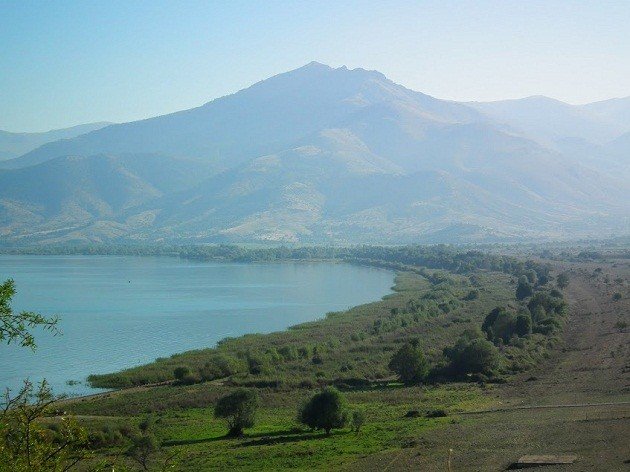
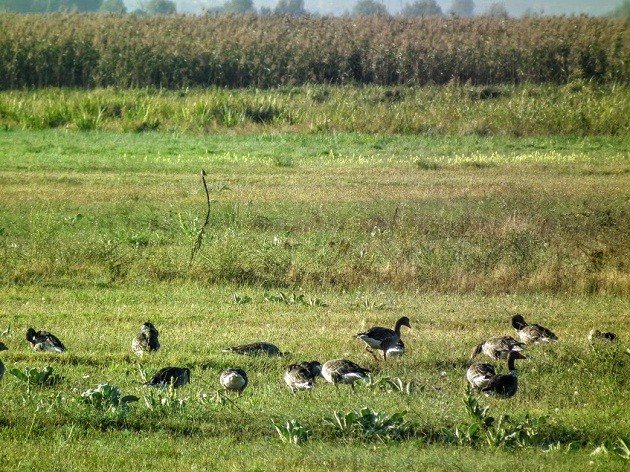
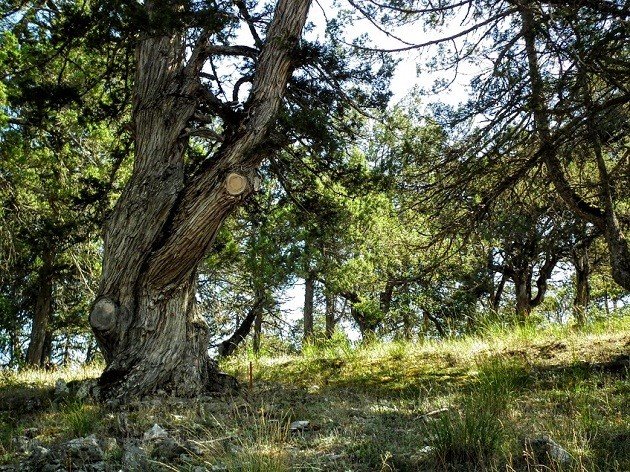
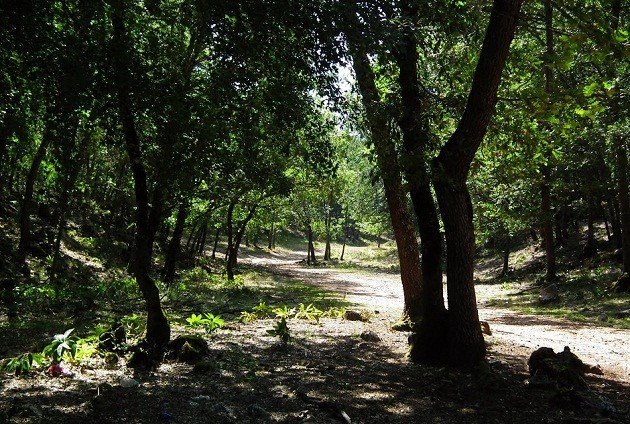










What a beautiful place to go birding.
It is, and I barely scratched its surface. The more elusive and more challenging set of birds, forest and mountain species, are to be found at Mt. Sfika, further south (only dirt tracks of dubious and ever-changing quality) – an area I haven’t had the time to visit and a good reason to return.
Let me copy Chantel Kyriakopoulou-Beuvink’s FB update here, for the sake of visibility: “Lovely article Dragan! Nowadays the Society for the Protection of Prespa organizes excursions in the area, also for birders. http://www.spp.gr and spp@spp.gr. You can visit their center too! Self-guided walks are available as well. This free app from the App store: JunEx contains walking trails with GPS coordinates and local info. The National Park of Prespes (Greek management body) organizes excursions too. Their visitor’s center can be found in the middle of Agios Germanos town. There are also exciting holidays in the area organized by Natural Greece http://www.natural-greece.gr “